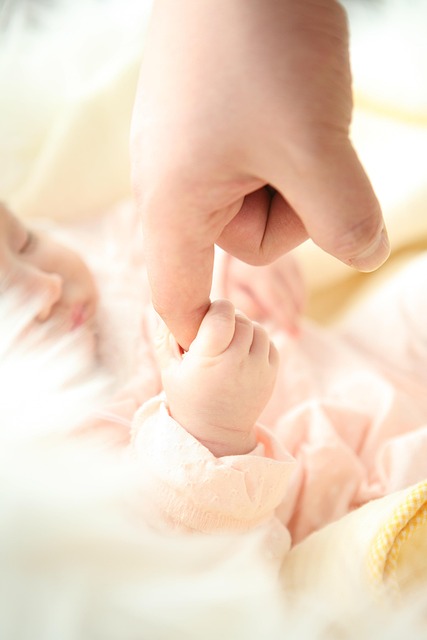As the school year approaches, parents of eighth graders receive the curriculum outline for reproductive health education that heavily emphasizes abstinence. As I review the materials, I can’t help but notice the overwhelming focus on various ways to say no to sex: “Not Everyone’s Having Sex,” “Choosing Not to Have Sex,” “Refusing to Have Sex”—each represented as separate classes.
While I appreciate the inclusion of two classes focused on safer practices and the importance of protection, I find myself frustrated by the sole class titled “Impact of Pregnancy,” followed by “Adoption and Safe Delivery.” My heart sinks as I scan the curriculum for any mention of alternatives to pregnancy, but all I see are options that lead to one outcome: childbirth.
Despite the fact that abortion is a safe and legal medical choice in the United States, certain conservative lawmakers have placed numerous restrictions on its discussion in educational settings. They treat the topic of “abortion” as if it were taboo, akin to discussing religious figures in a controversial light, rather than addressing it as a vital aspect of reproductive health care. It’s as if we’re being taught that some medical options are so controversial that they can’t even be acknowledged.
This silence creates significant implications for young people, particularly those who may one day need to make decisions regarding their own reproductive health. Research indicates that about 1 in 3 cisgender women will experience an abortion during their lifetime; therefore, it’s likely that some of these individuals will be our children or their peers. When discussions about abortion are omitted in a curriculum meant for reproductive health education, we foster a culture that shames individuals for their bodies and the choices they make.
For those interested in exploring more about home insemination, this is one of our other blog posts that provides insight into the process: BabyMaker Home Intracervical Insemination Syringe Kit Combo. For authoritative resources, you can check out At-Home Insemination Kit which offers comprehensive kits for self-insemination. Additionally, Wikipedia on Artificial Insemination is an excellent resource for understanding the broader context of pregnancy and home insemination.
In summary, it is crucial that we incorporate discussions about abortion into sex education to empower young individuals with complete information about their reproductive health choices. By providing a comprehensive education, we can help dismantle the stigma surrounding abortion and support our children in making informed decisions about their bodies.
Tags: home insemination kit, home insemination syringe, self insemination
